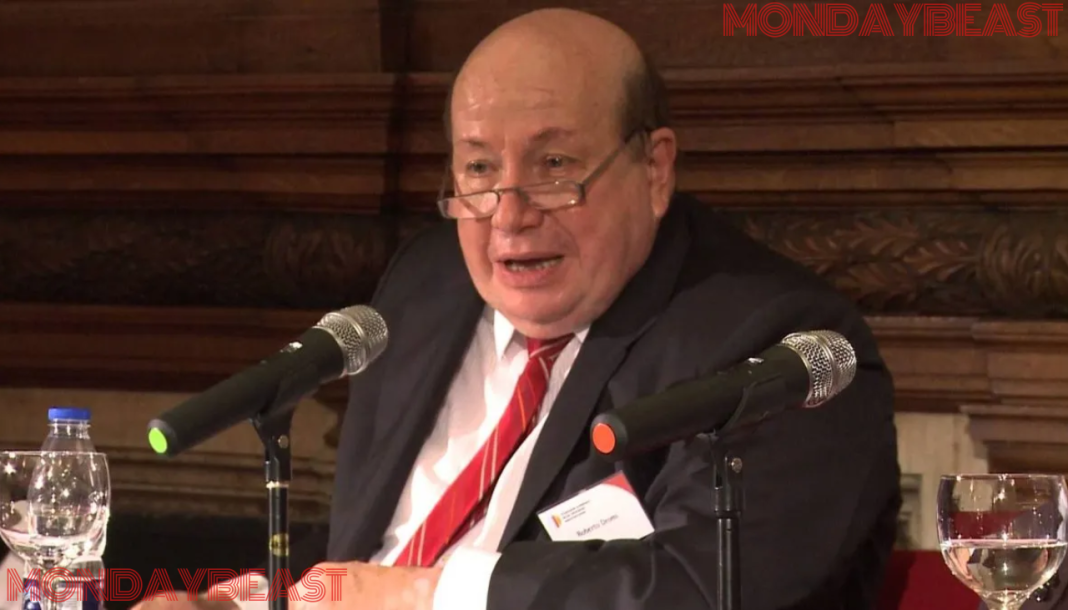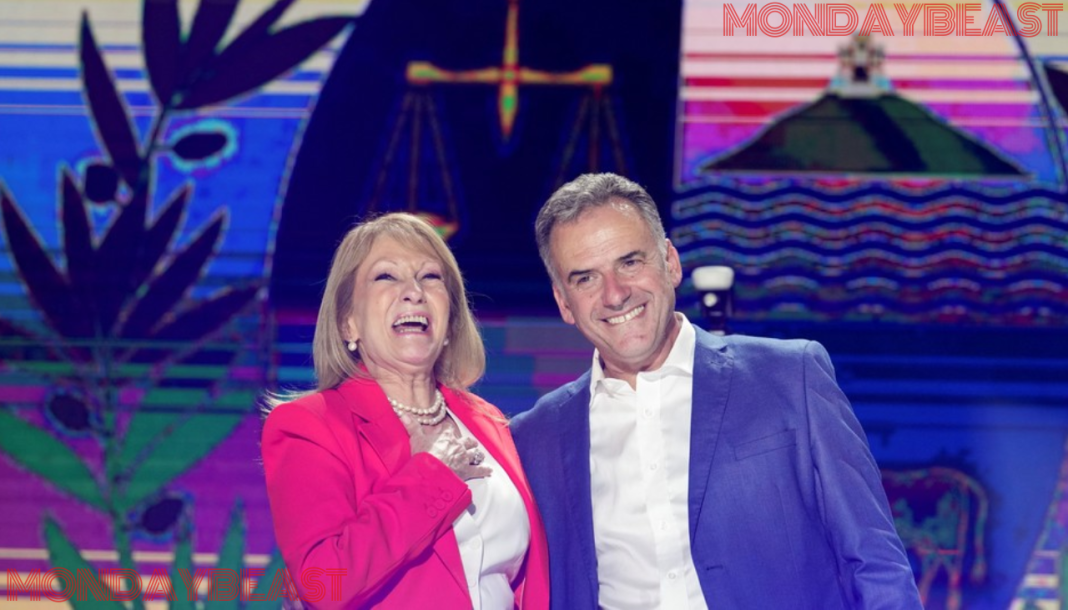In a reflective moment, one must ask, what truly defines a legacy? For Roberto Dromi, the architect of Argentina’s sweeping privatization under President Carlos Menem, his legacy is certainly complex. He recently passed away at the age of 79, leaving behind a controversial footprint in the annals of Argentine history.
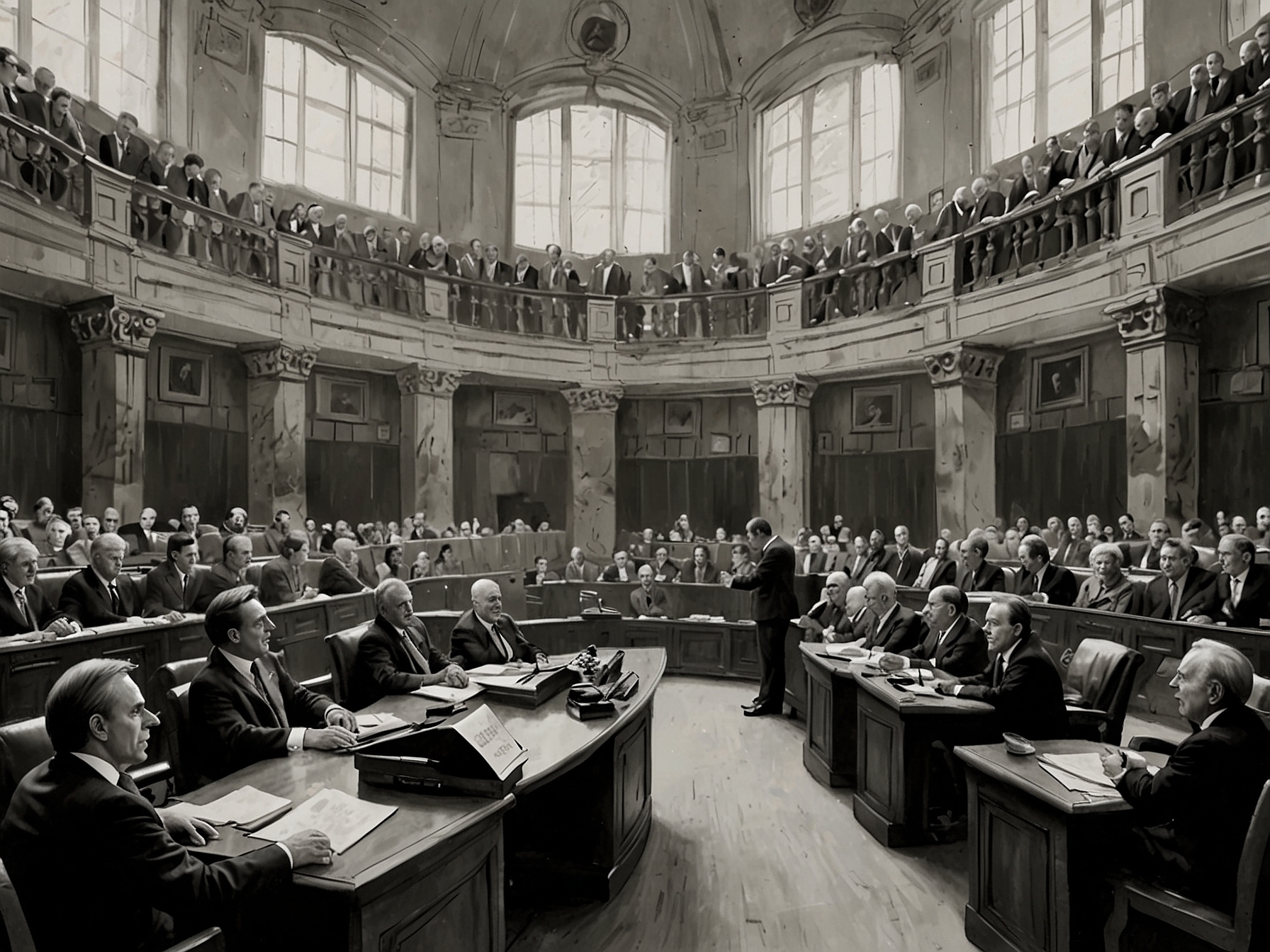
Dromi was more than just a bureaucrat. His role as the Minister of Public Works and Services positioned him as the frontman for sweeping reforms. It was the 1990s, a decade marked by economic turbulence. Nevertheless, Dromi championed privatization as a means to reduce governmental inefficiency. But were these efforts genuinely beneficial to everyday citizens?
As he famously quipped, ‘Nothing that belongs to the state will remain in the hands of the state.’ This mantra encapsulated his belief that privatization would foster growth—a notion that appears naive, if not misguided, upon reflection. Look at the aftermath of these policies—what has been gained? What has been lost?
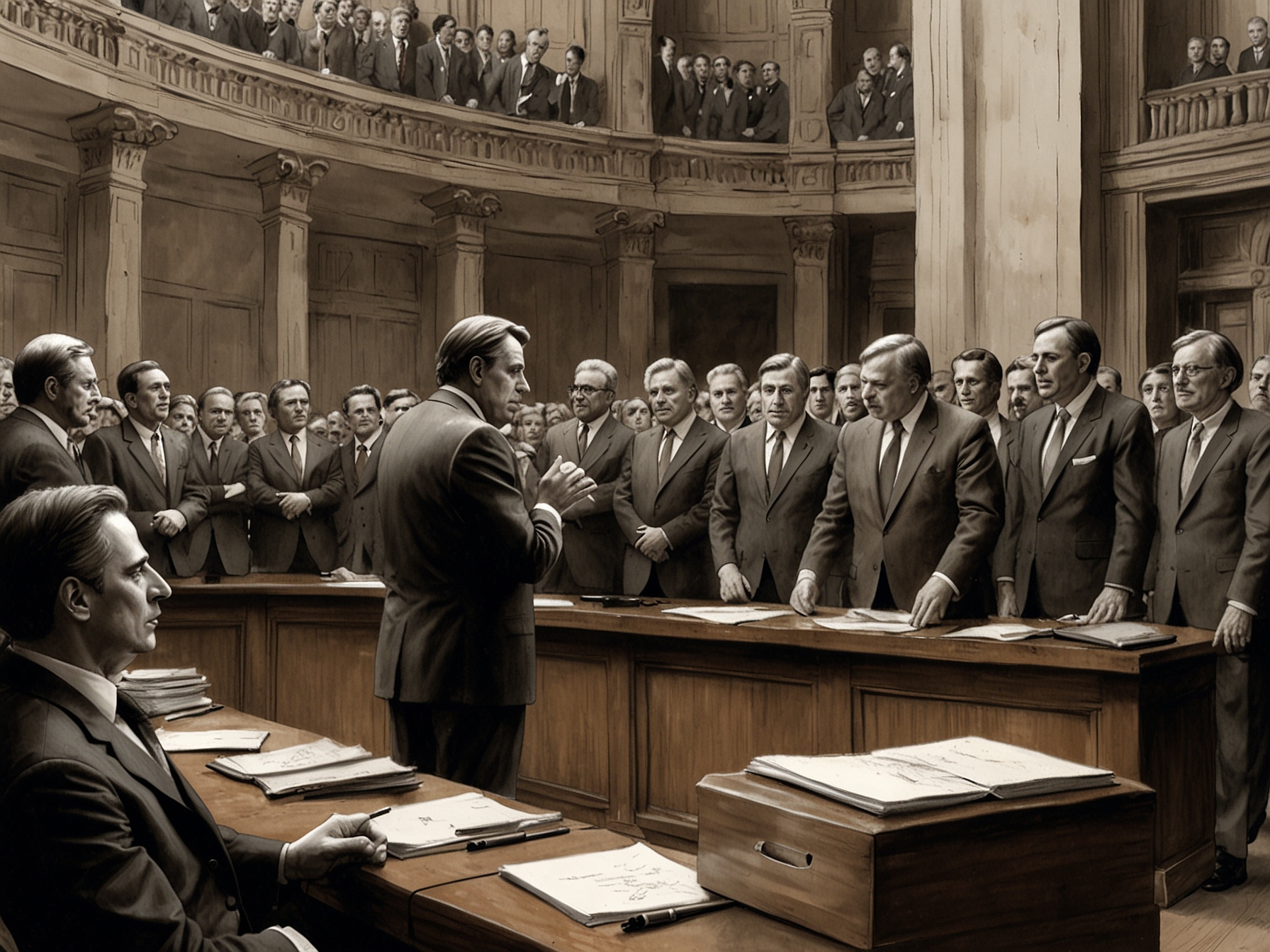
During a time when the Argentine economy struggled under the weight of recession, Dromi’s initiatives gained traction. He fully embraced the privatization of key sectors. ENTel, Aerolíneas Argentinas, and the massive railway networks that once thrummed with life were among his significant targets. To many, it seemed the promise of efficiency overshadowed accountability.
When he took charge, the cultural backdrop was fascinating. The country had recently come out from under a dictatorship. The scars from years of oppression lingered. Yet Dromi positioned himself as a reformer, adamantly pushing for modernization. One can’t help but wonder—was this a genuine desire for progress or a calculated move to gain power?
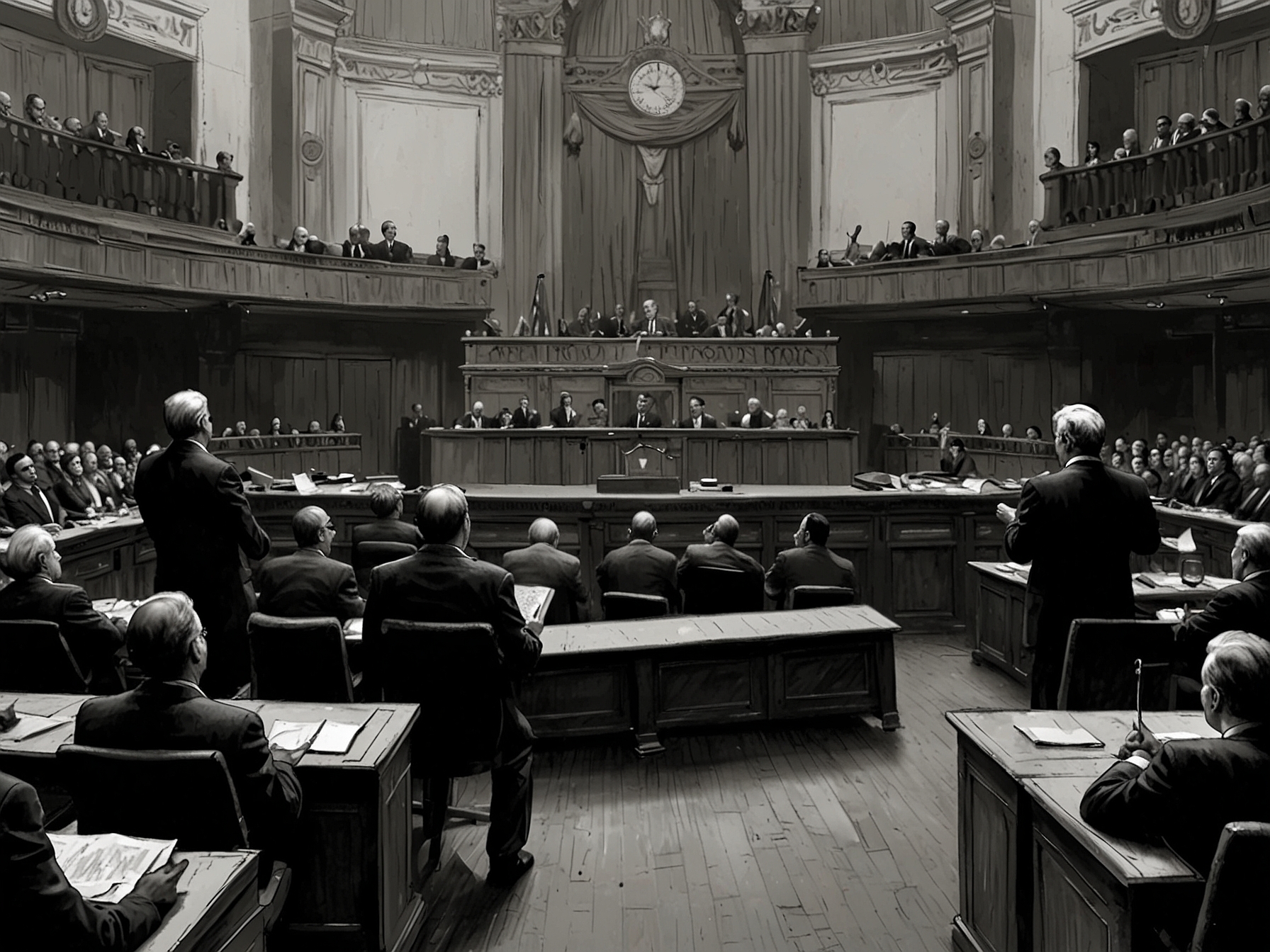
Privatizations launched under Dromi were never short of controversy. His critics point to allegations of corruption. Charges of kickbacks and inflated prices emerged. Yet remarkably, Dromi never faced justice. This raises an uncomfortable question: How could a man so pivotal to state reform evade accountability?
For instance, the privatization of Aerolíneas came wrapped in controversy. It was a move hailed by some as necessary, but criticized by others as reckless. Dromi promised state-of-the-art services. Yet, decades later, the airline’s conditions scream of neglect and mismanagement. So, if privatization is the cure, what happens when its promises go unfulfilled?
Then there’s the infamous Swiftgate scandal. Dromi found himself momentarily sidelined, yet he always managed to return. Such resilience prompts curiosity about his influence—what strings did he pull behind the scenes?
By this stage, one might ponder whether Dromi should be viewed as a villain or a visionary. The divide in public perception is sharp. To some, he is a champion of progress, while to others, a notorious figure of betrayal. With the rise of politicians who admire his methods, like Javier Milei, it’s evident that this debate will persist.
The privatization drive of the 1990s leaves lingering questions. Has public trust in government eroded? Has the socioeconomic divide widened? Many Argentines still feel the effects of these policies, challenging the story Dromi championed. The echoes of his decisions continue to resonate.
In retrospect, as we reflect on Roberto Dromi’s life, one realizes the deep impact of political decisions. His narrative opens a window to numerous important discussions about governance, accountability, and the role of public trust in a democracy. As future generations sift through the remnants of his legacy, they must grapple with pivotal questions: How do we measure success, and at what cost?

